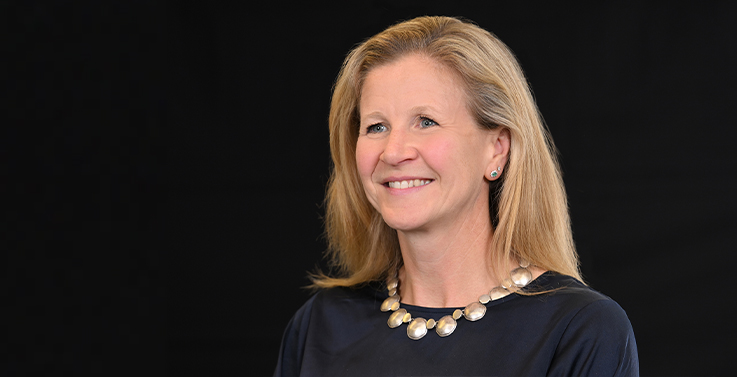Webinar - Decarbonisation of rail: The journey from concept to reality

On 19 November, Stephenson Harwood hosted a though leadership webinar with SNC Lavalin Atkins titled “Decarbonisation of Rail: the Journey from Concept to Reality”.
10 key points
On 19 November, Stephenson Harwood hosted a though leadership webinar with SNC Lavalin Atkins titled “Decarbonisation of Rail: the Journey from Concept to Reality”. A link to the webinar can be found here. Speaker profiles are available here.
The top 10 key points coming out of the webinar from our perspective were:
- It is imperative that Rail does its bit towards decarbonisation: although rail forms only a small proportion of energy used in the UK, it has an important role to play in overall reduction of carbon and greenhouse gas emissions. Sustainable transport has to be prioritised and rail as a form of public transport is an important part of this. Rail’s role in modal shift - Although rail contributes less than 1% of the total UK annual greenhouse gas emissions it is in the unique position of currently being the only transport mode capable of moving both people and heavy goods using a zero-carbon solution. As a result, rail has a huge potential role to play in decarbonisation of the UK economy by providing reliable, green transport for goods and people.
- There are many different technologies available: there are a number of technologies that are now tried and tested that can be a part of the decarbonisation journey – including EMUs, BEMUs (Battery EMUs), Hydrogen trains or other hybrids. More traditional diesel rolling stock also has a part to play in the short to medium term and, in Scotland, it was emphasised that electrification of lines is a big part of the story. These technologies can all help achieve decarbonisation in the long run.
- No one solution will be the answer: what is clear (and was also clear from the poll undertaken on the webinar) is that there is no one technology that will be the final answer now and that a mix of solutions need to be part of a transition plan to get from where we are, to where we need to be in the end state. There may also need to be adaptation of existing fleets to help the transition, with different technologies being deployed in parallel.
- The UK can be the leader in technologies such as hydrogen: whilst other countries are leading the way on battery technology (for example) the UK has an opportunity to be a leader in hydrogen technology. From the well to the wheel, hydrogen technology is the cleanest form of energy and can be entirely emission free. It also doesn’t rely on the upgrading or change to the energy mix coming from the grid. Hydrogen trains are tried and tested in Germany and adaptations are being made to existing fleets in the UK to bring on board hydrogen technology.
- Cost is, of course, a factor: there are many draws on the public purse at present including the response to COVID and the NHS. Decarbonisation (and rail’s part in that) is competing alongside many other financial demands of the country and it is important to ensure that the business plan and need is accurately identified and communicated. We need to be clear what rail needs, why and how it can help the broader economy. We need to reduce the cost of the railway – in every aspect. It is also important to consider how private finance can play a role.
- Economic sustainability as well as environmental sustainability: moving to a decarbonised railway cannot just make sense from an environmental sustainability perspective, there also has to be economic sustainability. This means that we do not just have to consider the cost of any capital expenditure, but also what it means for operational cost in the long run. Having said that, there is a case for needing to “just do it” – if we wait for the perfect project it will never happen and we will never get to where we need to be. The railways need to be better at learning on the job.
- Government guidance, and also direction needed: our poll at the webinar identified that Government has a role to play in leading the debate on decarbonisation of rail – with the Department for Transport being identified as a key party – although panellists noted that wider Government would also have a role to play as we consider decarbonisation of the economy as a whole. Participants noted that whilst England has a “plan”, Scotland has an “instruction” and that a clear direction of travel and leadership is required if decarbonisation is to be success.
- There are roles for all parties in the industry: whilst the key role of the Government was paramount, we also discussed that other stakeholders would need to be involved to implement any direction from the top. Once the current COVID crisis has passed, it was hoped that TOCs would continue to be able to bring innovation to the industry through the new concessions and that ROSCOs and other investors would have the ability to drive forward innovate ways of financing the decarbonised railway. The supply chain would also need confidence in what the next steps are so that they could also plan their businesses and add value.
- To be commercially sustainable, need to understand the value of decarbonisation: An excellent point was debated in the webinar around how the value of decarbonisation is measured as only then can the industry decide how to achieve that when compared to the costs of the relevant technology.
- Opportunity post COVID: in a post COVID world, the decarbonisation agenda can also create opportunities for jobs creation – whether that is working in new technologies, modernising the infrastructure of the railway or providing innovation and customer service under new concession agreements. Decarbonisation can be a focal point for development and modernisation of the rail industry.
© Stephenson Harwood LLP 2025. Information contained on this page is current as at the date of first publication and is for general information only. It is not intended to provide legal advice.



